Field Pansy Control – How To Get Rid Of Field Pansy
Despite its pretty, long-stalked flowers, most people just want to know how to get rid of field pansy and it's not easy.
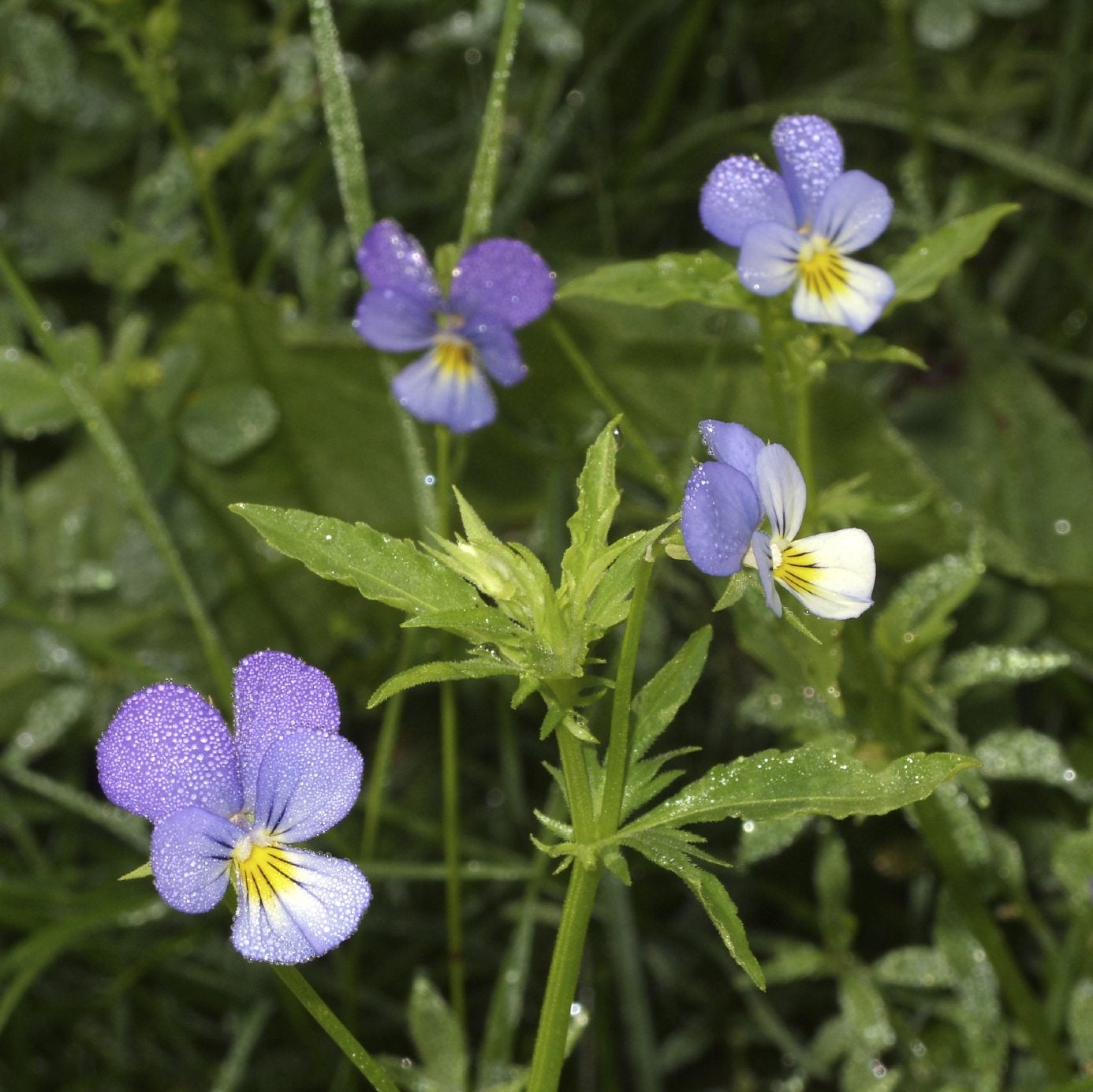

Common field pansy (Viola rafinesquii) looks a lot like the violet plant, with lobed leaves and small, violet or cream-colored flowers. It is a winter annual that is also a difficult-to-control broadleaf weed. Despite the plant’s pretty, long-stalked flowers, most people inquiring about the plant want to know how to get rid of field pansy. Controlling field pansies is not easy, since they do not respond to most herbicides. Read on for more field pansy information.
Field Pansy Information
The leaves of common field pansy form a rosette. They are smooth and hairless, with small notches around the edges. The flowers are a lovely, pale yellow or a deep violet, each with five petals and five sepals. The little plant rarely grows above 6 inches (15 cm) tall, but it can form thick mats of vegetation in fields of no-till crops. It germinates in winter or spring, springing out of the ground so fast it has been nick-named “Johnny jump up.”
The common field pansy produces fruit in the shape of a triangular pyramid filled with seeds. Each plant produces some 2,500 seeds every year that can germinate at any time in mild climates. The fruit explodes the seeds into the air when it is mature. The seeds are also spread by ants. They grow easily in disturbed wet areas and pastures.
Field Pansy Control
Tilling is a good field pansy control, and the plants are only a serious problem for those raising crops that are not tilled. These include cereals and soybeans. The speed of germination and growth does not help gardeners intent on controlling field pansies’ spread.
Those intent on field pansy control have found that certain chemicals are helpful. Consult with your local extension service agent or garden center for instructions and safe use of chemicals if you choose to use them on field pansies.
Note: Chemical control should only be used as a last resort, as organic approaches are safer and much more environmentally friendly.
Gardening tips, videos, info and more delivered right to your inbox!
Sign up for the Gardening Know How newsletter today and receive a free copy of our e-book "How to Grow Delicious Tomatoes".

Teo Spengler is a master gardener and a docent at the San Francisco Botanical Garden, where she hosts public tours. She has studied horticulture and written about nature, trees, plants, and gardening for more than two decades. Her extended family includes some 30 houseplants and hundreds of outdoor plants, including 250 trees, which are her main passion. Spengler currently splits her life between San Francisco and the French Basque Country, though she was raised in Alaska, giving her experience of gardening in a range of climates.
-
 Looking For Plants To Give You The Soft And Fuzzies? Try These 5 Fuzzy Leaf Plant Options
Looking For Plants To Give You The Soft And Fuzzies? Try These 5 Fuzzy Leaf Plant OptionsLovers of texture, drama, silver foliage and tactile plants will adore these special sensory garden additions. These fuzzy leaf plant options will leave you all aglow
By Susan Albert
-
 Get Ready For A Summer Of Hummers! Grow These Full Sun Hummingbird Plants and Flowers
Get Ready For A Summer Of Hummers! Grow These Full Sun Hummingbird Plants and FlowersIf you’re lucky enough to enjoy a sunny backyard, make sure you are maxing out on your pollinator opportunities and grow these full sun hummingbird plants and flowers
By Tonya Barnett
-
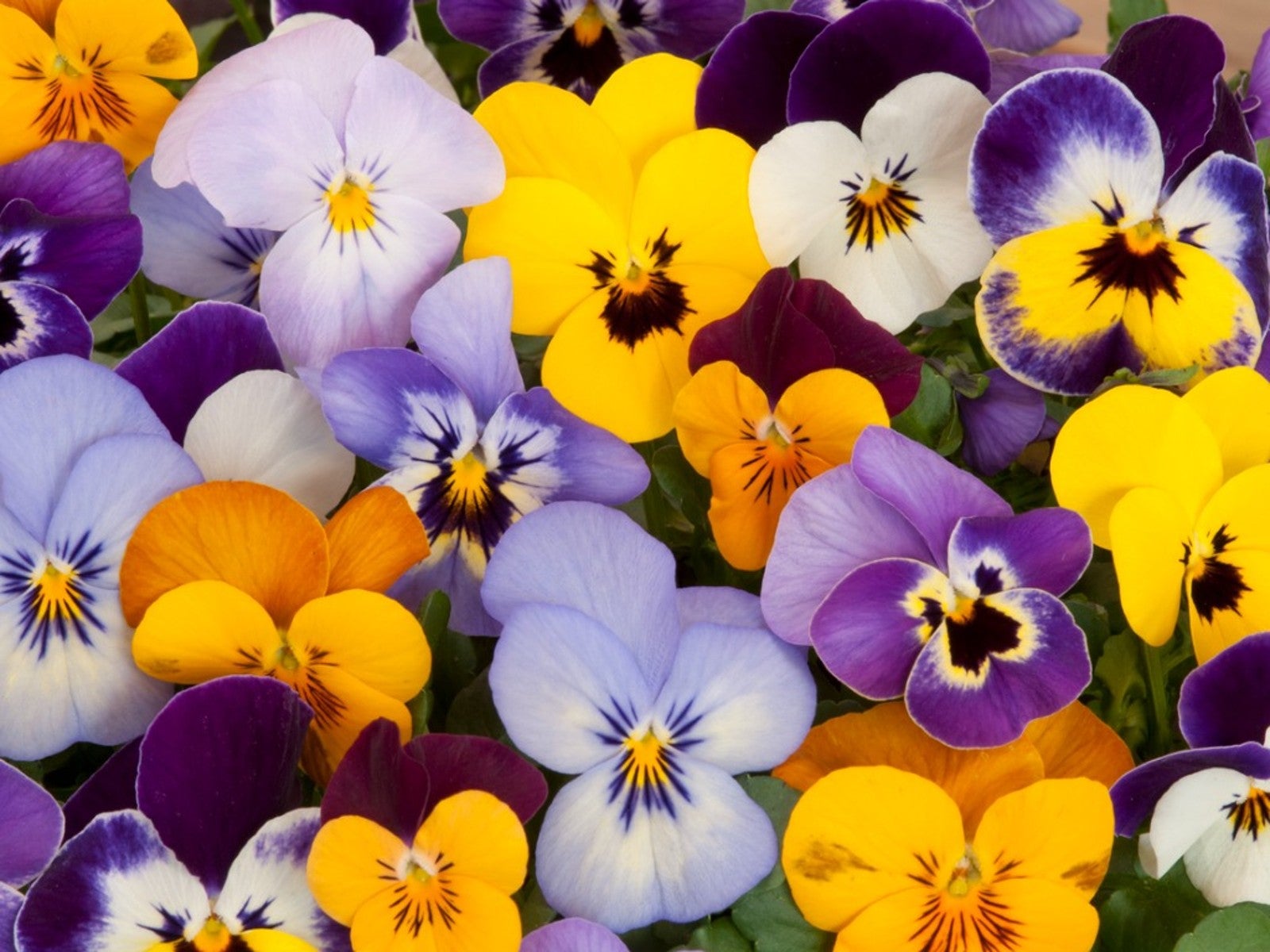 10 Best Pansy Varieties - Growing Beautiful Pansies
10 Best Pansy Varieties - Growing Beautiful PansiesWhile traditional pansies are always a favorite, there are many newer hybrids. Read on for our top 10 pansy varieties.
By Tonya Barnett
-
 Pansy Seed Sowing: Learn How To Plant Pansy Seeds
Pansy Seed Sowing: Learn How To Plant Pansy SeedsGardeners looking to save money often consider starting their own pansy transplants from seed. Though somewhat time consuming, the process is relatively easy, even for inexperienced growers. Learn about the care of seed grown pansies in this article.
By Tonya Barnett
-
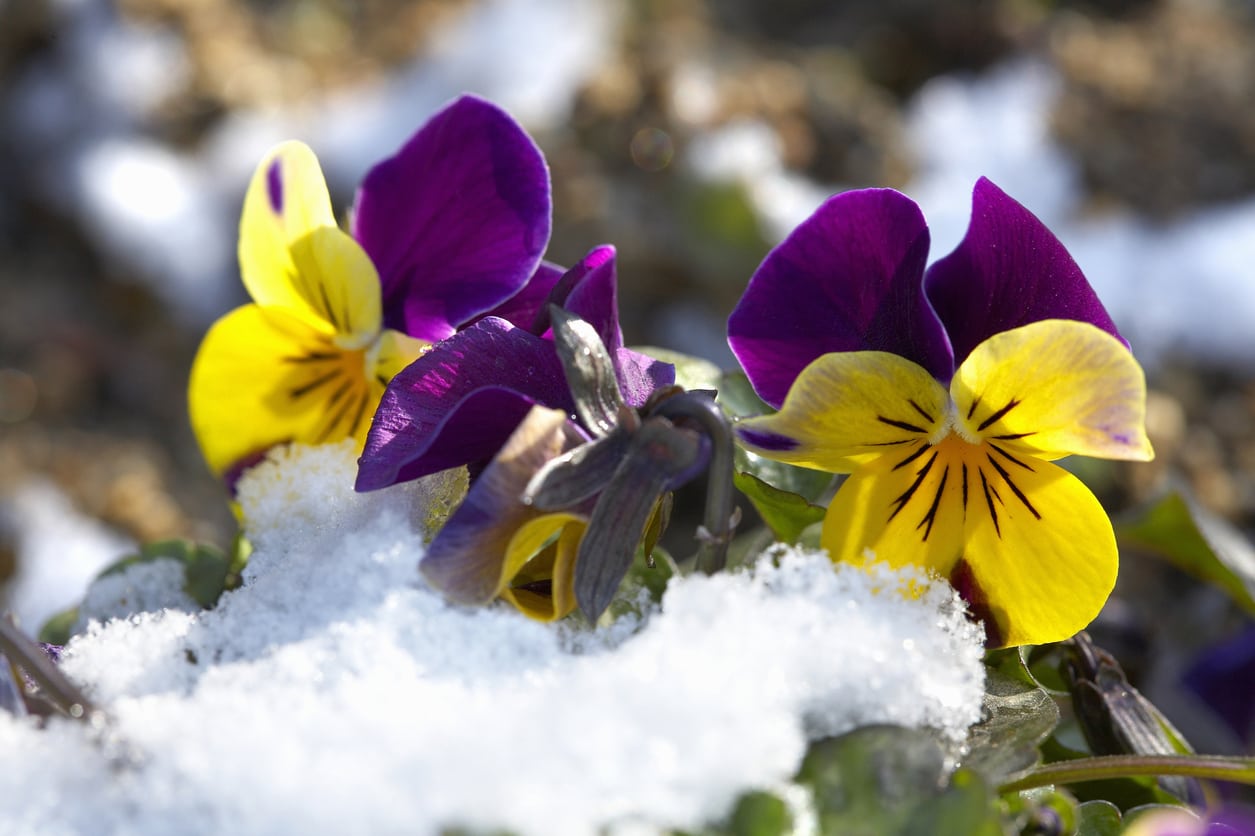 Pansy Winter Care: Tips For Growing Pansies In Winter
Pansy Winter Care: Tips For Growing Pansies In WinterDepending on your climate, pansies can grow beautifully in winter. They are hardy and a bright spot in cold months.
By Mary Ellen Ellis
-
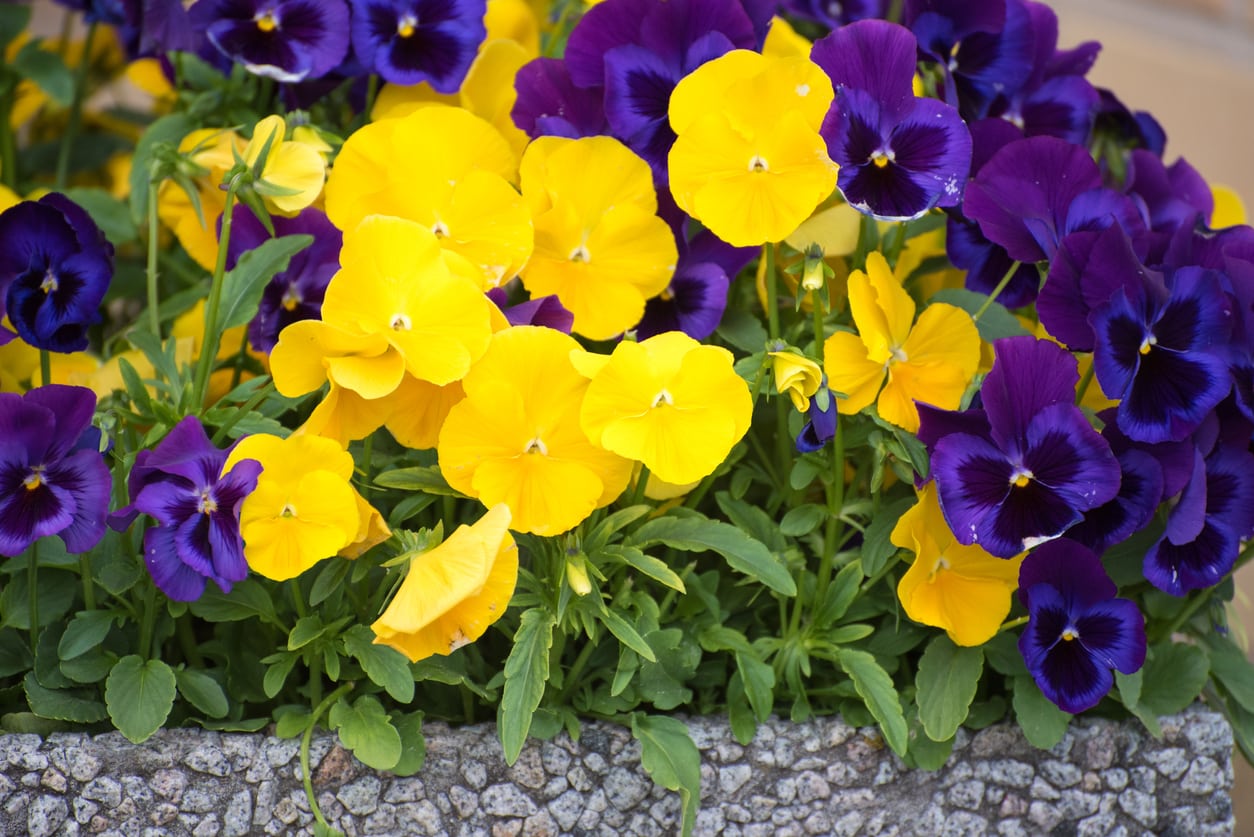 Pansy Bloom Time: When Is Pansy Flowering Season
Pansy Bloom Time: When Is Pansy Flowering SeasonPansies still liven up the flower garden all summer long, but that's not all. These days, with new types of pansies being developed, pansy bloom time can last the whole year through. If you want more information about the pansy flowering season, click this article.
By Teo Spengler
-
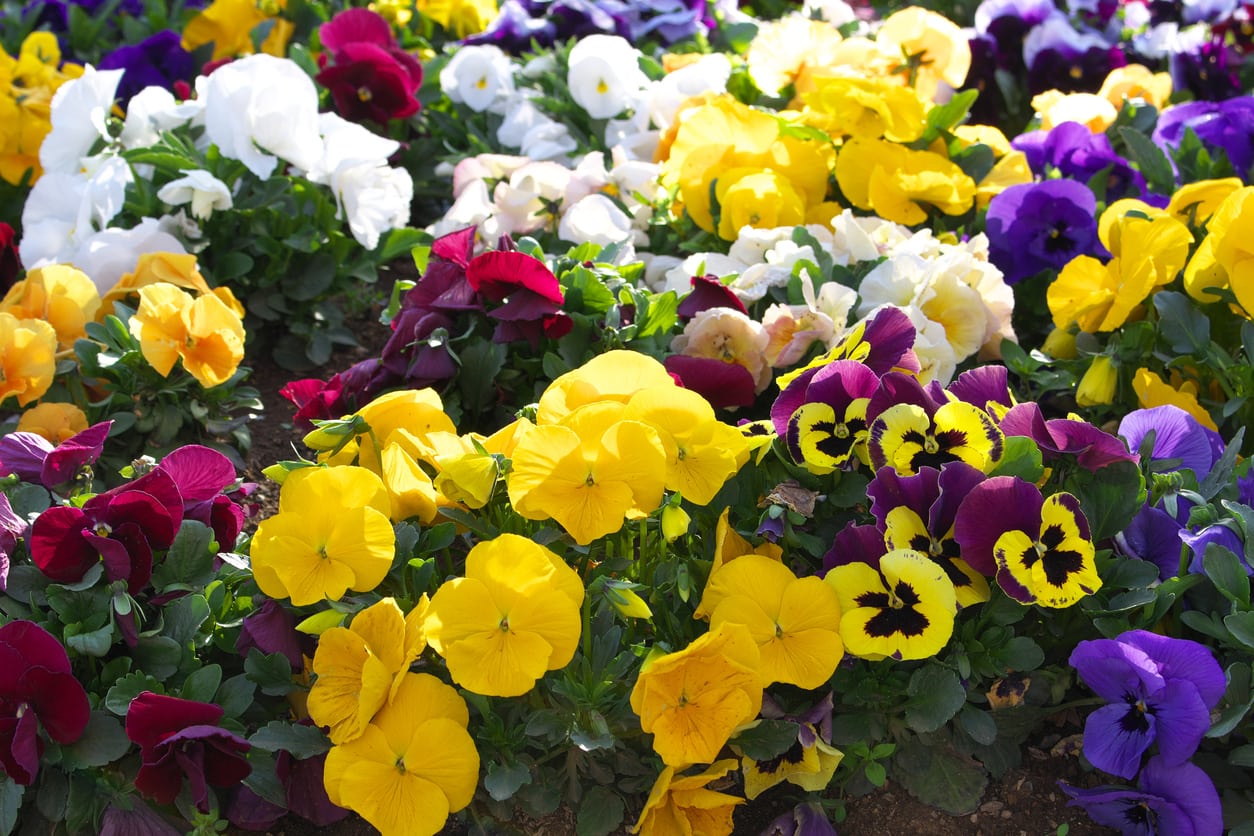 Pansy Plant Types: Selecting Different Kinds Of Pansy Flowers
Pansy Plant Types: Selecting Different Kinds Of Pansy FlowersPansies have been around for centuries, but so many new and fabulous pansy varieties have been developed that they have taken on a whole new aspect in the flower garden. If you want more info on remarkable kinds of pansy flowers, then this article will help.
By Teo Spengler
-
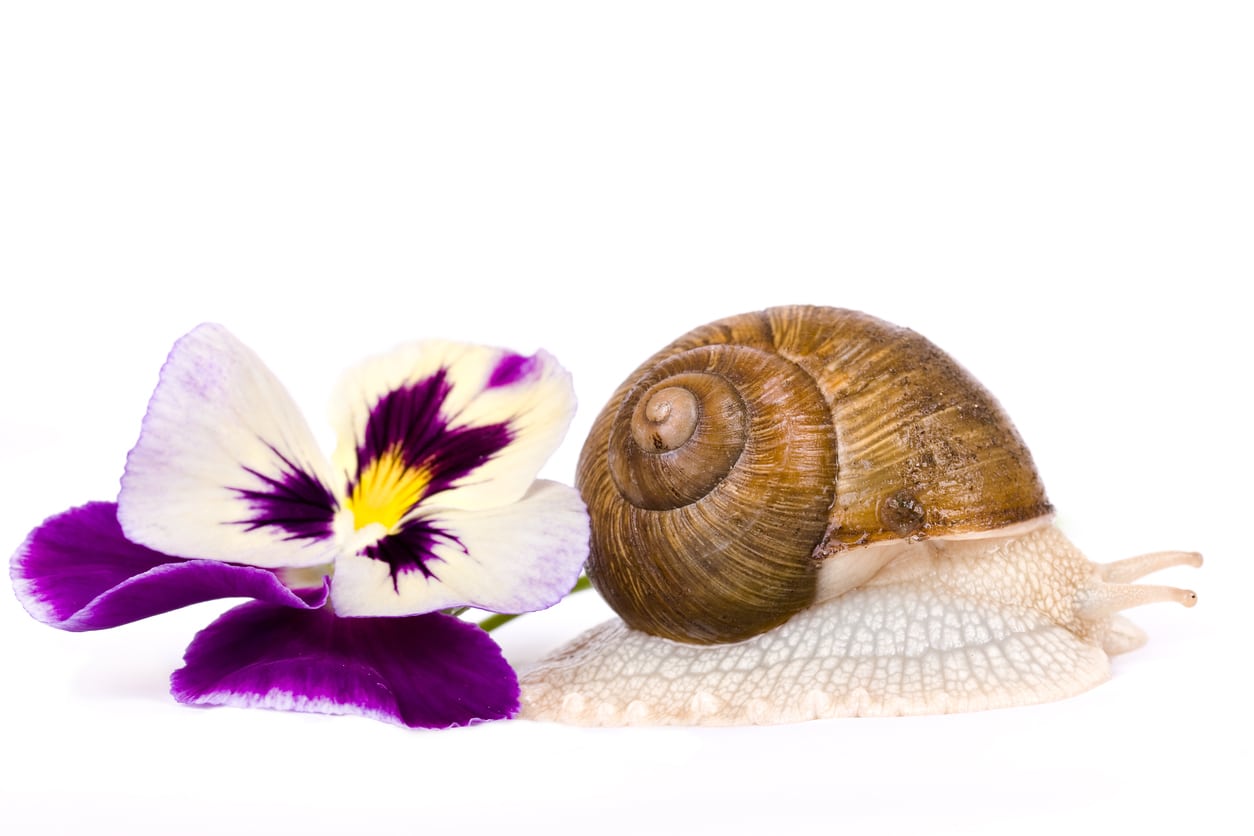 Pansy Pest Problems – Controlling Bugs That Eat Pansies
Pansy Pest Problems – Controlling Bugs That Eat PansiesPansies are very useful flowers. But while these plants are very popular with gardeners, they're just as popular with insects and other pests. Click the following article to learn more about the most common pansy plant pests and how to combat bugs that eat pansies.
By Liz Baessler
-
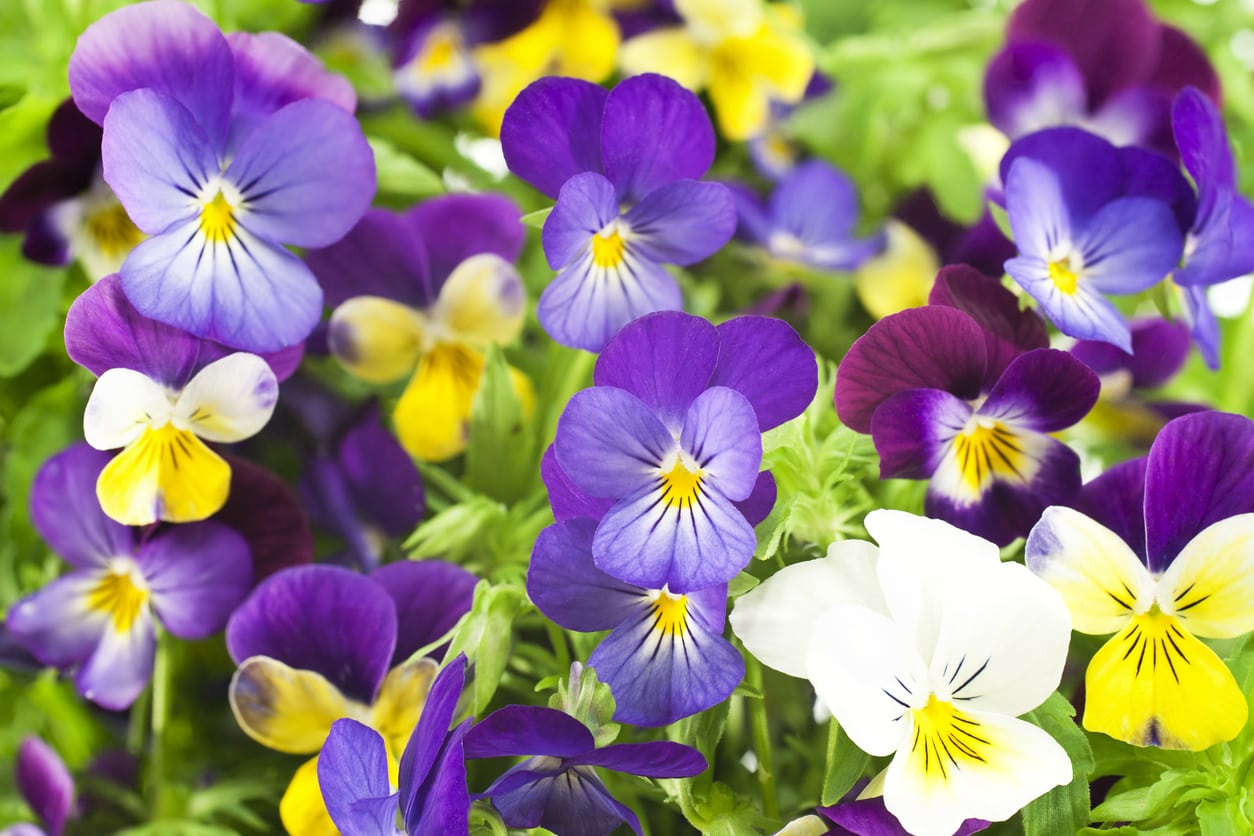 No Flowers On Pansy Plants: Help, My Pansies Aren’t Blooming
No Flowers On Pansy Plants: Help, My Pansies Aren’t BloomingEasy to grow, pansies are a terrific option for the novice gardener. Even so, gardeners may find that their pansies aren?t blooming. What causes no flowers on pansy plants? Click here to find out about pansies that won?t bloom and what to do when pansies are not flowering.
By Amy Grant
-
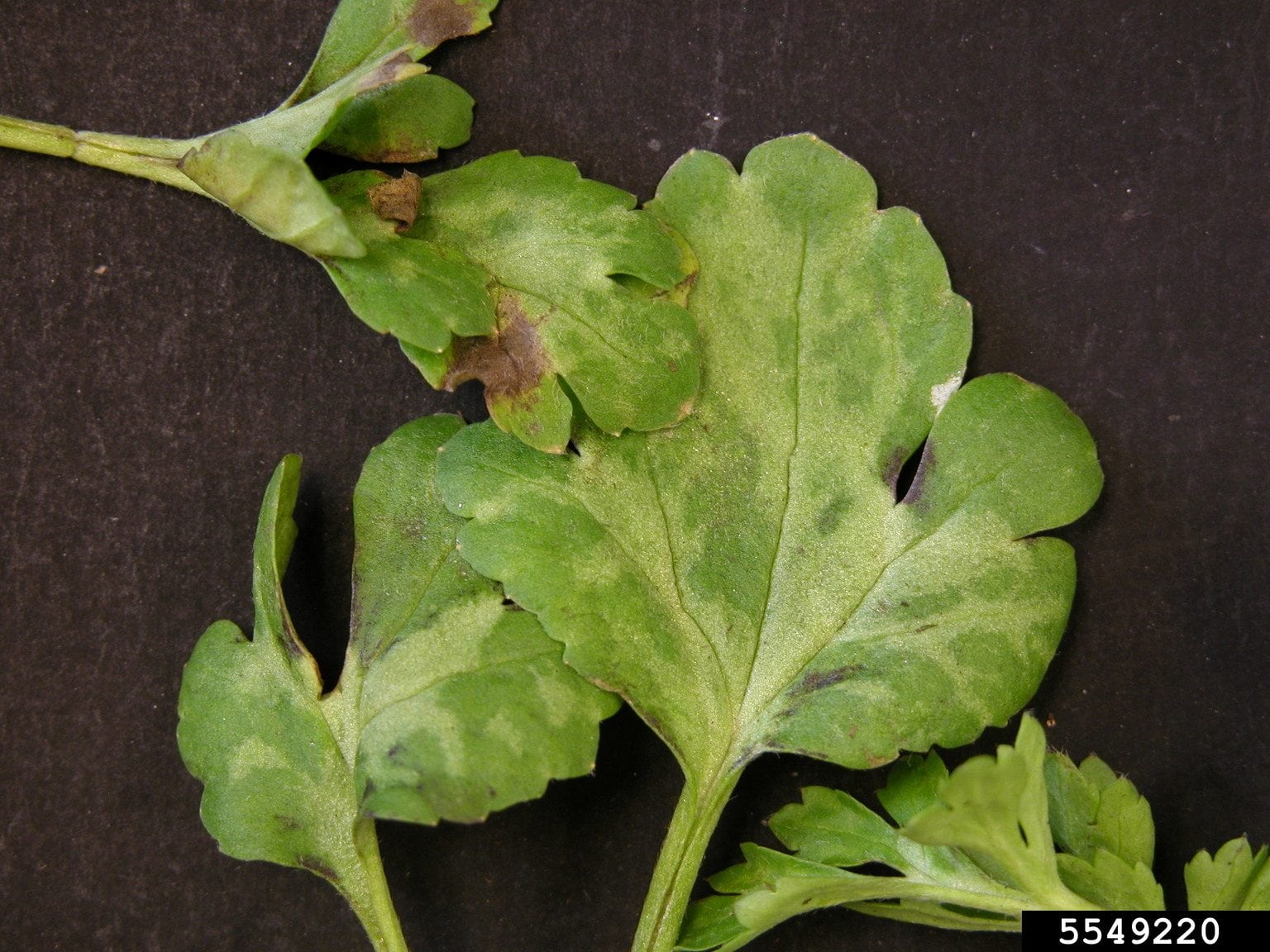 Pansy Leaves Changing Color – Fixes For Pansies With Yellow Leaves
Pansy Leaves Changing Color – Fixes For Pansies With Yellow LeavesVarious diseases may be responsible when pansy leaves are yellowing, but pests or improper fertilization can also cause discolored pansy leaves. Click this article to learn about a few of the most common culprits.
By Mary H. Dyer